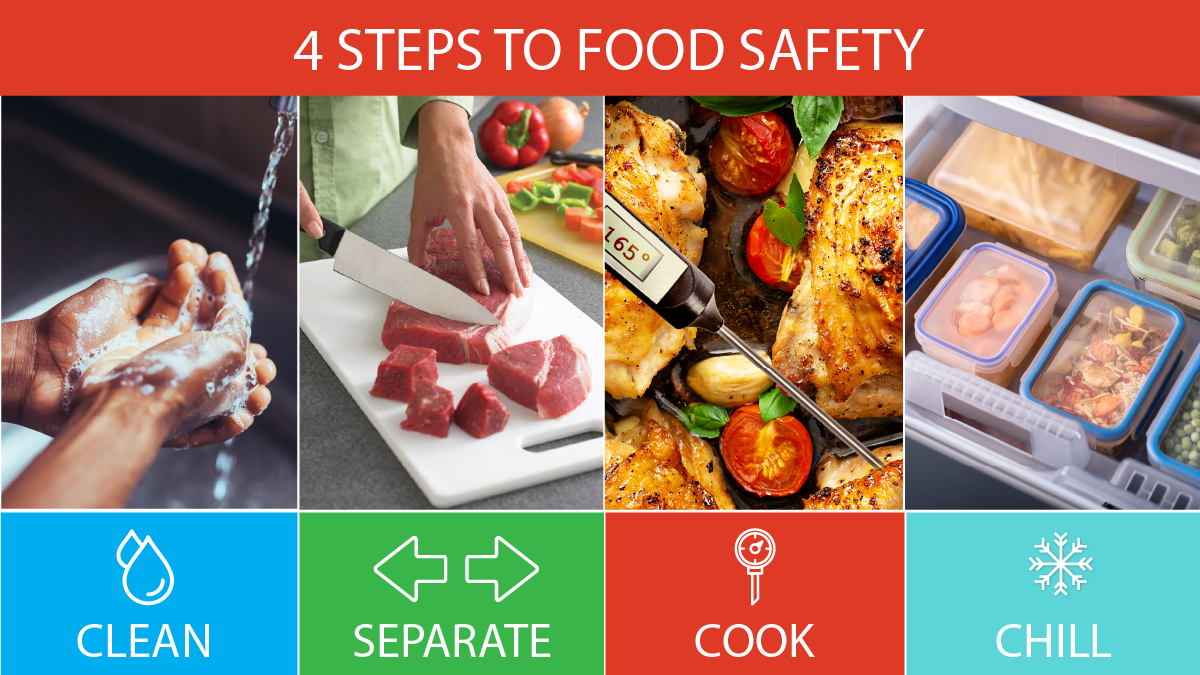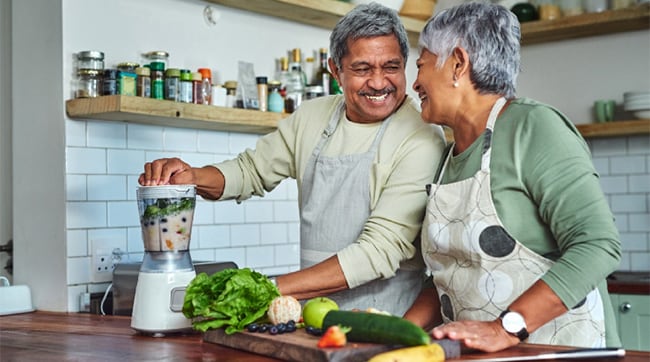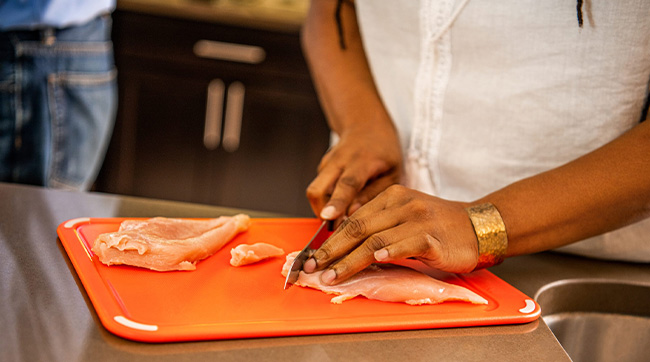Food Safety (original) (raw)
Follow key food safety steps to prevent foodborne illness.
Apr. 29, 2024
Featured content
Certain groups are at higher risk for foodborne illness.
Jan. 31, 2025
Food poisoning symptoms include diarrhea, stomach pain or cramps, nausea, vomiting, and fever.
Jan. 31, 2025
CDC determines prevention measures for foodborne illness and works with partners.
May 2, 2024
More food safety content
Collection of social media, videos, infographics and other resources.
Jan. 31, 2025
Some foods, including recalled foods, are more likely to cause food poisoning.
May 2, 2024
Some foods are more likely to cause food poisoning for the general population.
Some foods are more likely to cause food poisoning for pregnant women.
Some foods are more likely to cause food poisoning for children under 5 years old.
Some foods are more likely to cause food poisoning for people who are 65 years and older.
Some foods are more likely to cause food poisoning for people who have weakened immune systems.





